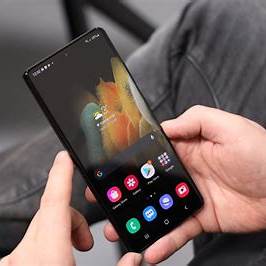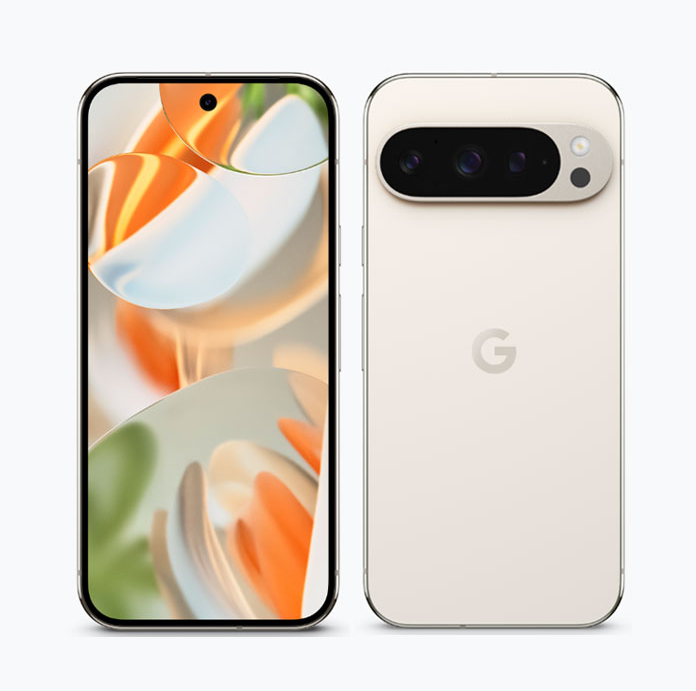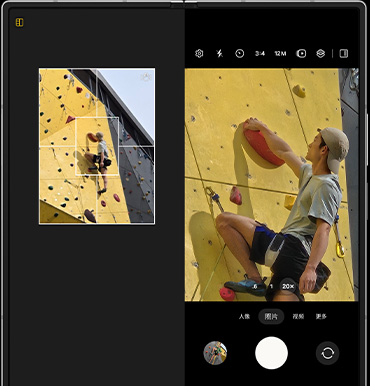




In the ever-evolving smartphone market, two flagship devices have garnered significant attention: Samsung’s Galaxy S24 Plus and Apple’s iPhone 16 Plus. This review provides an in-depth comparison of these two models, highlighting their design, display, performance, camera capabilities, battery life, and unique features to assist potential buyers in making an informed decision.
Design and Build Quality
The Galaxy S24 Plus showcases Samsung’s commitment to sleek aesthetics, featuring a glass front and back with an aluminum frame. Its slim profile and lightweight design make it comfortable for one-handed use. The device is available in various colors, including Amber Yellow, Marble Gray, and Onyx Black, catering to diverse consumer preferences.
In contrast, the iPhone 16 Plus maintains Apple’s signature design language with a ceramic shield front cover and a textured matte glass back. The device is available in multiple finishes, including exclusive options like Jade Green and Sapphire Blue. Notably, the iPhone 16 Plus introduces a dedicated Capture Button, enhancing the photography experience by providing a physical shutter control.
Display
Samsung’s Galaxy S24 Plus features a 6.7-inch Dynamic AMOLED display, offering vibrant colors and deep blacks. The high refresh rate ensures smooth scrolling and an immersive viewing experience, making it ideal for media consumption and gaming.
The iPhone 16 Plus is equipped with a 6.7-inch Super Retina XDR display, delivering sharp and true-to-life visuals. Apple’s ProMotion technology provides adaptive refresh rates, enhancing both battery efficiency and user experience.
Performance
Under the hood, the Galaxy S24 Plus is powered by Samsung’s latest Exynos processor (or Snapdragon, depending on the region), coupled with ample RAM, ensuring seamless multitasking and efficient performance. The device supports 5G connectivity, providing faster data speeds and improved network reliability.
The iPhone 16 Plus houses Apple’s A18 Bionic chip, renowned for its speed and energy efficiency. This processor handles demanding applications and games with ease, offering a lag-free experience. The device also supports 5G connectivity, ensuring users stay connected at high speeds.
Camera Capabilities
Samsung’s Galaxy S24 Plus boasts a versatile camera setup, including a high-resolution main sensor, ultra-wide lens, and telephoto lens. This configuration allows for detailed and dynamic photography across various scenarios. The device excels in low-light conditions, producing clear and vibrant images.
The iPhone 16 Plus features a dual-camera system with advanced computational photography capabilities. The new Capture Button enhances user control, making it easier to take photos on the go. Apple’s Deep Fusion and Night mode technologies ensure high-quality images, even in challenging lighting situations.
Battery Life
Both devices offer substantial battery life, capable of lasting through a full day of intensive use. Samsung’s Galaxy S24 Plus supports fast charging and wireless charging, providing flexibility for users on the move.
Similarly, the iPhone 16 Plus offers efficient battery performance, with support for MagSafe wireless charging and fast charging capabilities, ensuring minimal downtime.
Unique Features
The Galaxy S24 Plus includes features such as an under-display fingerprint sensor, IP68 water and dust resistance, and expandable storage options, catering to users seeking versatility and durability.
The iPhone 16 Plus introduces the Capture Button, enhancing the photography experience. Additionally, it offers Face ID for secure authentication, IP68 water and dust resistance, and seamless integration with the Apple ecosystem, providing a cohesive user experience.
Conclusion
Both the Samsung Galaxy S24 Plus and Apple iPhone 16 Plus are formidable contenders in the smartphone market, each offering a blend of design, performance, and innovative features. The choice between the two ultimately depends on individual preferences, brand loyalty, and specific feature requirements. Prospective buyers are encouraged to consider their unique needs and, if possible, experience both devices firsthand before making a decision.
For a visual comparison and further insights, you may find the following video helpful:







